 The Cable News Network is at it again. After presenting the 2008 documentary about African Americans in this country to mixed reviews, CNN is tackling the prickly subject again with “Black in America 2,’’ which first aired on July 22 and 23.
The Cable News Network is at it again. After presenting the 2008 documentary about African Americans in this country to mixed reviews, CNN is tackling the prickly subject again with “Black in America 2,’’ which first aired on July 22 and 23.
Hosted again by Soledad O’Brien, this year’s documentary seeks to address some of the criticism generated by last year’s effort, “Black in America,’’ viewed by over 13 million people. Countering accusations that the first program focused more on what was wrong with black people than what was right, the follow-up sought to present a more balanced perspective.
Where many critics of last year’s program assailed it for portraying a monolithic, stereotypical portrait of blacks in America, this year’s documentary improved its scope by spotlighting positive black life experiences that seldom lead the 11-o’clock news.
BLACKS GIVING BACK
The “Tomorrow’s Leaders” segment featured Journey for Change, a powerful program that is seeking to change the lives of youth participating in the
Bushwick Salvation Army (BSA), a center that provides services to poor black families in Brooklyn, New York.
Created by Malaak Compton-Rock, wife of comedian Chris Rock, the program involves a two-week trip to South Africa, followed by a year-long commitment to participate in community service in their neighborhood and beyond.
“These kids have always been on the receiving end of aid, they’ve never been on the giving end of service. I think that’s going to open up their world.
They’re going to understand that they have something to give,” said Compton-Rock, adding that her husband spent a great deal of his childhood at BSA.
The Journey for Change footage is full of heartfelt, tear-jerking images that should cause viewers to question how they give back.
In one of the documentary’s most powerful segments, O’Brien suggests to Compton-Rock that, “You could solve a lot of the problems with a big old check.”
Compton-Rock’s response is swift and sincere.
“No, you can’t. I need the big old check to run Journey for Change, but a check versus this one-on-one mentoring of looking a child in their eyes and telling them they’re special, and that I’m proud of them and that they can succeed, a check can’t write that, at all,” the mother of two young daughters said emphatically.
BLACK MARRIAGE
In another segment, “Today’s Pioneers,” the CNN documentary underscores the plight of black marriage by giving us the story of James and Tina Barnes, a hard-working couple so focused on their two daughters that their connection to each other suffered. The couple’s 21-year union was in serious trouble, but improved significantly after they participated in a program designed specifically to help save black marriages.
The free, eight-week marriage program is the brainchild of Nisa Muhammad, herself a former divorcee giving marriage a second try. Muhammad created the hugely successful program (it boasts a 90-percent success rate) while still single in 2002.
Because stereotypes are perpetuated by the unknown and fueled by assumptions that have little basis in reality, the documentary’s portrayal of the Barnes’ marital strife – communication problems experienced by all marriages regardless of race, creed or color – went a long way toward dispelling the notion that most black families are dysfunctional blends headed by welfare-dependent baby mamas.
Mohammad is on a mission to increase the rate of marriages in the black community by not only helping to mend broken unions, but also by exposing children to the once-sacred institution. To that end, she created an annual event, National Black Marriage Day, which includes a public ceremony honoring black marriages.
According to the documentary, in 1963, 60 percent of black families were headed by a married couple. That figure has fallen by more than half.
BLACK HOLLYWOOD
Another program in the series addressed inequality in Hollywood by focusing on the rags-to-riches story of filmmaker Tyler Perry, who has become a multimillionaire by rewriting the rules of movie making. The story of Madea’s alter-ego is a truly impressive depiction of the possibilities available to all Americans when hard work and faith combine to meet opportunity.
Also impressive was the documentary’s revelation that not all black people are fans of the once-homeless playwright’s work. While Perry has managed to secure a large segment of the black community as his fiercely loyal fan base, there exists an equally large segment that disparages the quality of his work as predictable and void of critical thinking.
Todd Boyd is a professor and distinguished scholar at the University of Southern California’s school of Cinematic Arts, and is a Perry critic.
“He’s made a lot of money, but the quality of the work is sorely lacking. It seems a bit ironic that at the moment of the first black president, the most popular African-American figure in African-American media is a man in drag engaging in some of the most stereotypical images of African-Americans ever created,” said the producer and author of seven books.
BLACK AFFLUENCE
Another “Black in America 2’’ segment introduced America to refreshing images of black people seldom seen: privileged affluent people, some of whom hail from generations of excellence.
Carlotta Miles has hosted the annual Tuxedo Ball for 23 years. It is a weekend of socializing and networking that she said grew from a need to keep privileged black children connected after integration. Prominent black families from across the country attend the weekend of events that also includes workshops and motivational seminars.
Miles tells O’Brien that black people like her are virtually invisible because they don’t fit the stereotype that America uses to define blackness.
“We are the invisible people because we don’t match the stereotype. The stereotype for black Americans is failure, poverty, failure, victimization and mediocrity,” said Miles, a psychiatrist.
Miles’ luxurious home includes a “family hall of fame,” with pictures dating back to the 1850s of doctors, lawyers and businessmen.
“These people all had graduate degrees at a time when most people didn’t have college degrees,” she said.
Bertram Lee Jr. is a rugby-playing freshman at the elite Haverford College in Pennsylvania. His grandfather was a prominent state judge, his late father a businessman and co-owner of the Denver Nuggets. He said his mother, a top lobbyist in Washington, D.C., instilled in him a love for his race.
“Black is beautiful man, black is beautiful. People don’t say that enough,” he said.
The documentary demonstrates that despite their successful family backgrounds and affluent lifestyles, wealthy black people still very much feel the sting of racism.
Lee said he was called the N-word at his affluent private high school and was often questioned by security when he and his black friends play basketball in the school’s gym.
Proclaiming that racism is as American as apple pie, Miles said that black people should not allow it to define them.
“Do something. Do you let it end? Do you let them tell you who you are? No.” Miles told O’Brien.
Lee and his family attend the Tuxedo Ball, which he said reminds him that, “You cannot settle for mediocrity.”
“Black in America 2’’ is a beautiful, fascinating, thought-provoking glimpse of the complexities of being black in this country. It demonstrates that the black experience runs the gamut from extreme poverty to outstanding wealth – from illiteracy and ignorance to academic and intellectual excellence – from apathy and severe disconnect to an innate obligation to make a difference.
It demonstrates that although racism is a pervasive, stubborn and insidious obstacle, black people’s response to it varies greatly, and that those who refuse to internalize it stand a far greater chance of achieving the American dream.
RMHarris15@Aol.com

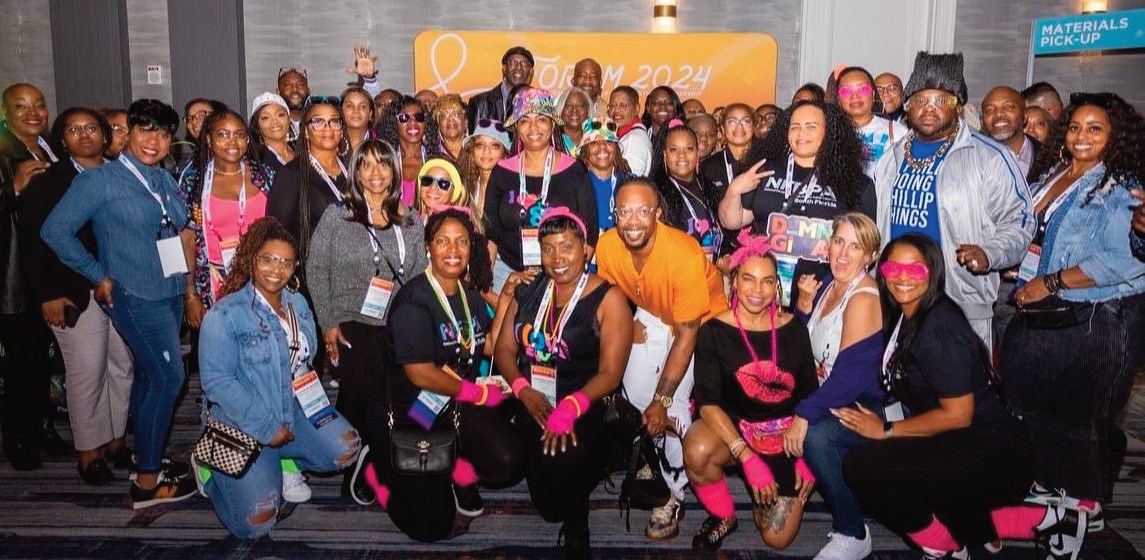
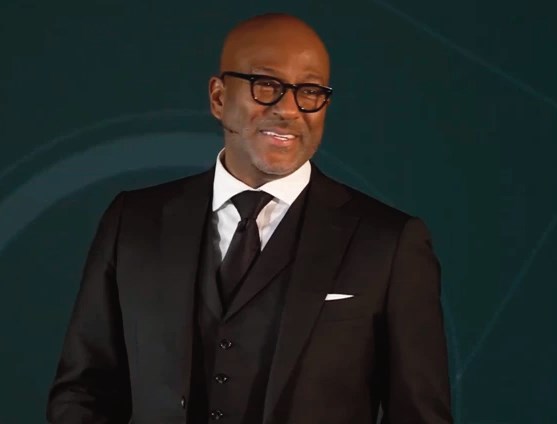


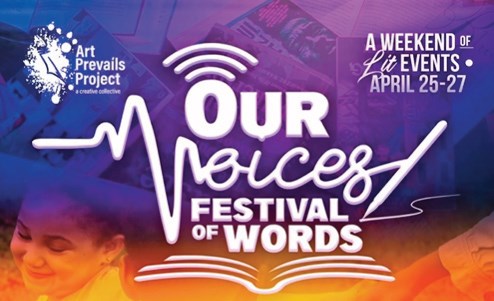
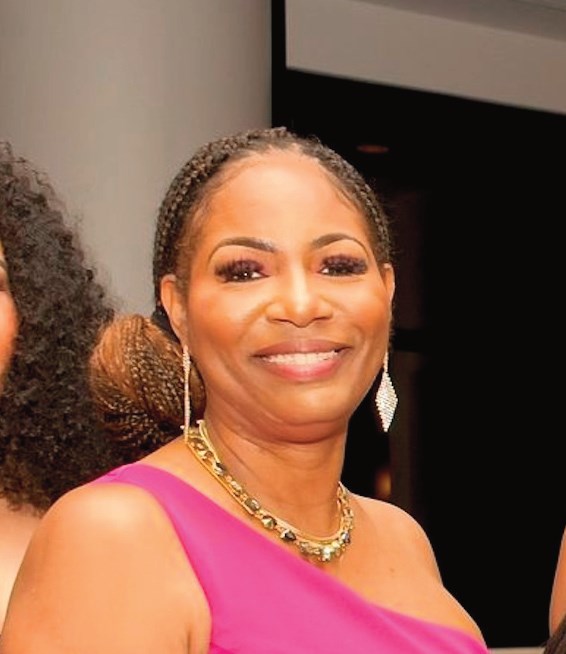
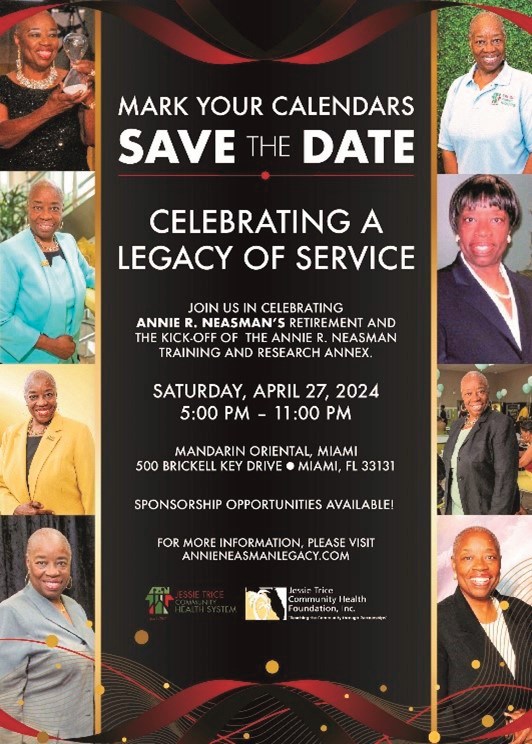
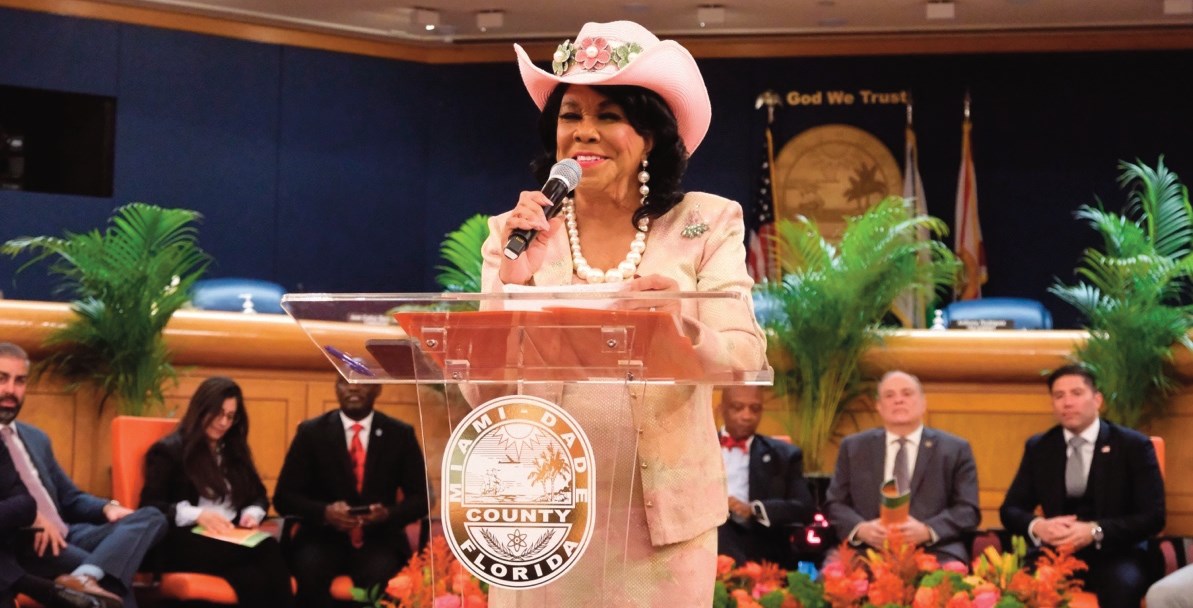



No Comment